Food Industry Insight -- Cake Frosting Can Be Yummy and Protectable
Trade dress protection literally was the frosting on this cake.
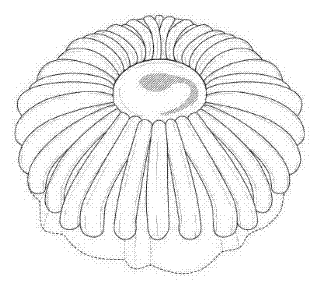
A Bundt cake is a ring-shaped cake baked in a round pan with a hole in the middle and fluted sides.
Denbura IP Holdings, LLC d/b/a Nothing Bundt Cakes (“NBC”) sold Bundt cakes topped with a unique pattern of frosting strips radiating from the center hole on top to the outer edge.
In 2008, the US. Patent and Trademark Office (USPTO) found that the frosting pattern had acquired secondary meaning as a source indicator and granted NBC Registration No. 3526479 for the frosting trade dress based on NBC’s claim of use since 1998.
Twenty-two years later, Kerri Thornton started selling Bundt cakes with a similar frosting pattern under the name “Anything Bundt Cakes.” Both parties advertised online. NBC sent a demand letter. Thornton changed her business name to “All About Bundt Cakes” but continued to use the same frosting pattern in her online advertising and sales.
NBC sued Thornton for trade dress infringement in the U.S. District Court for the Eastern District of Texas and sought a preliminary injunction to prohibit Thornton from using the frosting pattern on her cakes and in her marketing and advertising. Thornton did not make an appearance in the proceeding despite having received adequate notice of the complaint and the preliminary injunction hearing.
The Court granted the preliminary injunction based on the following:
- NBC’s Protectable Interest. The Court found that NBC had a protectable interest in its frosting pattern because the primary significance was to identify the source of the product rather than the product itself (known as acquiring a “secondary meaning”). The Court reached this conclusion because NBC had used its mark for over two decades, the sales revenue through its more than 300 franchise locations throughout the U.S. and Canada exceeded $100 million annually, the frosting pattern had been advertised effectively, cakes bearing the frosting pattern mark had often been shown by the media, a survey of 304 consumers showed that 83% associated the frosting pattern with NBC, and Thornton’s use of similar business names lead to an inference that she had intended to replicate other aspects of NBC’s business.
- Likelihood of Confusion. The Court also found that there was a likelihood of confusion because NBC’s frosting pattern had acquired secondary meaning, Thornton’s pattern was identical, both parties sold Bundt cakes, the customers were the same, both parties advertised in social media and websites, Thornton’s use of similar business names demonstrated a likely intent to confuse customers as to the origin of its Bundt cakes, and the products were relatively inexpensive so purchasers would take less care in purchasing them which contributed to an increased risk of confusion.
- Irreparable Harm. The Court found that NBC had suffered irreparable harm because it had lost control of its reputation and affiliated goodwill.
- Balance of the Equities. In addition, the Court found that the cost to Thornton to replace its online advertisements or marketing photographs would be minimal. She had accepted this risk by continuing to use the infringing frosting pattern after her receipt of a demand letter and the complaint. NBC’s loss of control of its reputation and goodwill outweighed Thornton’s speculative harm, especially given her failure to appear.
- Public Interest. The Court concluded that, in view of NBC’s showing of a likelihood of success, a preliminary injunction would serve the public interest.
Denbra IP Holdings, LLC d/b/a Nothing Bundt Cakes v. Kerri Thornton d.b.a. All About Bundt Cakes, Civil No. 4:20-cv-813-SDJ (E.D. Texas February 22, 2021)
Author’s Note: The U. S. Supreme Court has held that protection for a product design’s trade dress requires a showing of non-functionality and secondary meaning. Wal-Mart Store, Inc. v. Samara Bros, Inc., 529 U.S. 205 (2000).
More often than not, a non-packaged food item has design elements that either serve some function or have not acquired secondary meaning as a source designation. Nevertheless, on rare occasions the USPTO has granted trademark registrations for the trade dress of some food items.
Obtaining a federal trademark registration, and making it incontestable, as was the case here, can have real value. If you succeed in registering your mark, that registration provides a presumption of your exclusive right to use it. Furthermore, after 5 years of substantially exclusive and continuous use of the registered mark without challenge, you can file a Declaration of Incontestability which will make your registration immune from attack on the ground that your mark was not appropriate for registration.
Of course, to enforce your mark, you still have to prove that your mark is non-functional and that the objectionable mark is likely to cause confusion.
These ingredients may require careful preparation, but given the right facts, you can have your cake and eat it too.
Here are a few notable examples of trade dress registrations for food items:
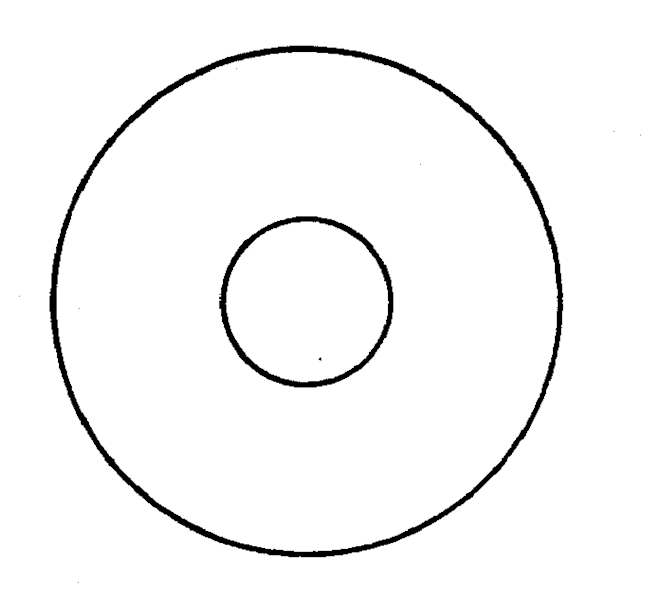
Mint candy
Wm. Wrigley Jr. Company
Registration No. 236694
Registered: December 20, 1927
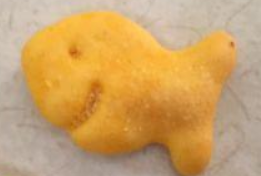
Crackers
Pepperidge Farm, Incorporated
Registration No.: 1640659
Registered: April 9, 1991
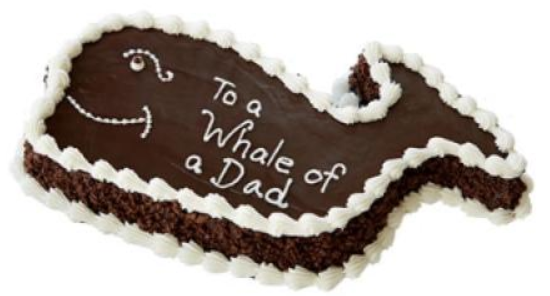
Ice cream cake
Carvel Corporation
Registration Number: 3094986
Registered: May 23, 2006
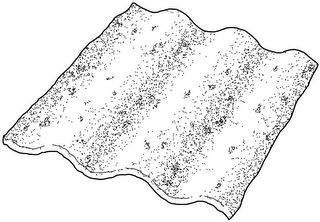
Crisp snack
Frito-Lay North America, Inc.
Registration Number: 3293236
Registered: September 18, 2007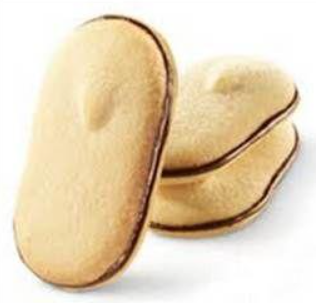
Sandwich cookies
Pepperidge Farm, Incorporated
Registration No.: 3852499
Registered: September 28, 2010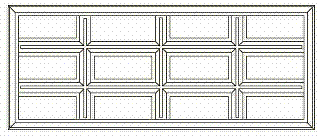
Candy bar
Hershey Chocolate & Confectionery LLC
Registration No.: 4322502
Registered: April 23, 2013
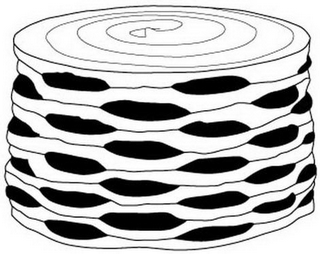
Icebox cake
Magnolia Intellectual Property, LLC
Registration Number: 4519385
Registered: April 22, 2014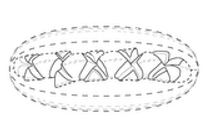
Cuts on hot dog
J Man Group LLC
Registration Number: 4550211
Registered: June 17, 2014
For further information, please contact William M. Borchard or your CLL attorney.
Counsel
Email | 212.790.9290
Bill advises on domestic and international trademark matters at the highest level. His practice consists of counseling clients and handling domestic and international trademark and copyright matters including clearance, registration, proper use, licensing, contested administrative proceedings and infringement claims.
